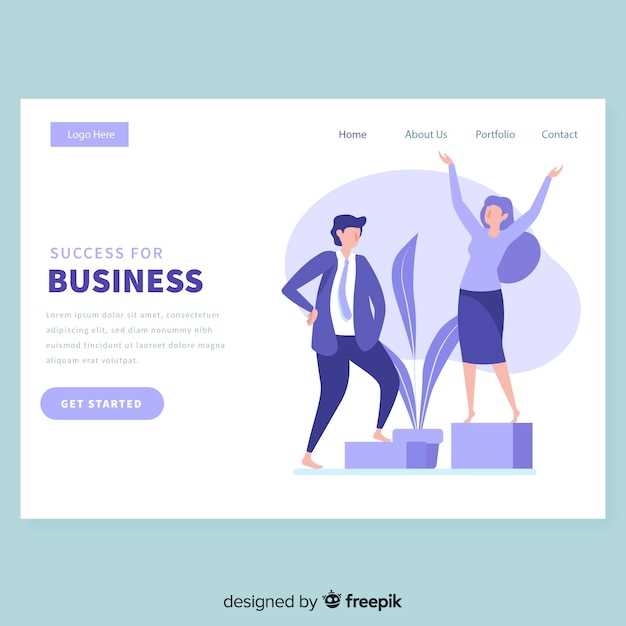

In today’s business world, creating a cohesive and inspiring corporate environment is essential for long-term success. By fostering a unique and impactful organizational essence, companies can unlock a plethora of advantages that drive growth and maximize employee potential.
Developing a solid corporate ethos is the foundation of a thriving company culture. This involves defining core values, beliefs, and behaviors that guide decision-making and shape the overall employee experience. A strong organizational identity serves as a compass, ensuring that everyone is aligned and working towards common goals.
Unlocking the full potential of your workforce requires a proactive approach to nurturing a positive and inclusive work environment. When employees feel valued, supported, and empowered, they are more likely to be engaged, motivated, and innovative. Investing in employee well-being and professional development is key to reaping the benefits of a strong company culture.
The Importance of Company Culture
The significance of an organization’s ethos cannot be underestimated when it comes to fostering a thriving workplace environment. The attitudes, values, and behaviors that characterize a company’s cultural fabric play a vital role in shaping the overall atmosphere and employee engagement levels.
The essence of company culture lies in the shared beliefs that guide the decision-making process, team dynamics, and interactions among colleagues. A strong culture not only provides a sense of purpose and belonging for employees, but also drives productivity, innovation, and collective success.
Creating a Positive Work Environment
In this section, we will explore strategies for fostering a constructive and supportive atmosphere within your organization. By prioritizing the well-being and satisfaction of your employees, you can cultivate a workplace that promotes collaboration, creativity, and productivity.
Establishing Trust and Enhancing Communication
In order to create a solid foundation within your organization, it is crucial to develop a sense of reliability and openness among team members. Building mutual trust and fostering effective communication are key components of a harmonious work environment.
Building Trust
- Encourage transparency in all interactions
- Follow through on promises and commitments
- Display consistency in behavior and decision-making
Enhancing Communication
- Listen actively to understand perspectives
- Provide regular updates and feedback
- Utilize various communication channels for different purposes
By prioritizing trust and communication within your team, you can establish a positive work culture that promotes collaboration, innovation, and overall success.
Fostering Strong Relationships among the Team

Creating an environment where employees feel connected and valued is key to building a cohesive and productive team. Strong relationships among coworkers can lead to increased collaboration, improved communication, and a more positive work culture overall. In this section, we will explore strategies for fostering strong relationships among employees in the workplace.
Encouraging Open Communication
Open communication is essential for building relationships based on trust and respect. Encourage team members to actively listen to one another, share their thoughts and ideas freely, and provide feedback in a constructive manner. By fostering a culture of open communication, you can create a supportive environment where employees feel comfortable expressing themselves and working together towards common goals.
Organizing Team Building Activities
Team building activities offer a fun and interactive way for employees to get to know each other outside of the traditional work setting. Whether it’s a company retreat, a team lunch, or a volunteer day, these activities can help strengthen bonds among team members and foster a sense of camaraderie. By organizing regular team building activities, you can create opportunities for employees to connect on a personal level and build lasting relationships that extend beyond the workplace.
Maximizing Benefits for Employee Wellbeing

Creating a workplace environment that prioritizes the health and happiness of employees is essential for enhancing overall job satisfaction and productivity. In this section, we will explore various strategies and initiatives that can contribute to maximizing the benefits for employee wellbeing.
Wellness Programs
- Implementing wellness programs that focus on physical, mental, and emotional health can significantly improve employee wellbeing.
- Offering incentives for participating in fitness challenges, meditation sessions, and stress management workshops can motivate employees to prioritize their health.
- Providing access to resources such as nutrition counseling, gym memberships, and mental health resources can further support employee wellbeing.
Flexible Work Arrangements
- Allowing employees to have flexible work hours or remote work options can help reduce stress and improve work-life balance.
- Encouraging employees to take breaks and vacation time can prevent burnout and promote overall wellbeing.
- Promoting a culture of trust and autonomy can empower employees to manage their workload in a way that prioritizes their wellbeing.


